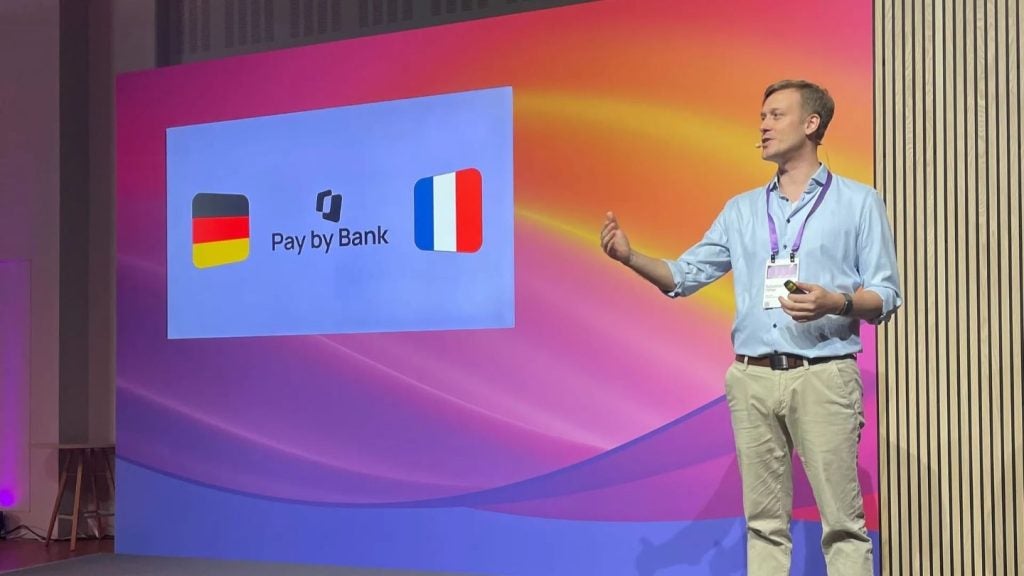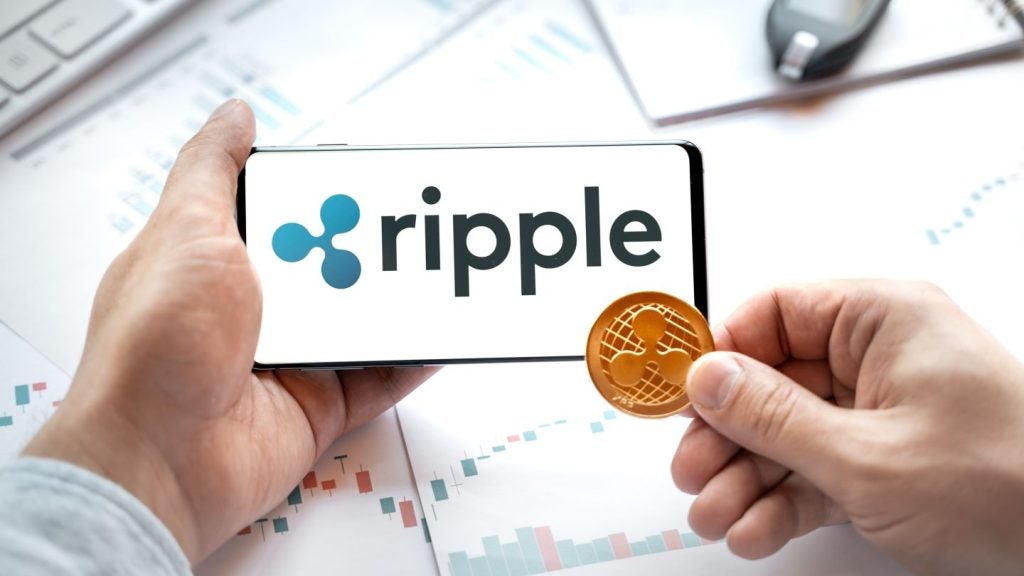The arrival of mobile wallets from valuable global consumer brands such as Samsung and Apple in the last decade has raised consumer awareness of new payments technology and boosted the overall adoption of mobile payments. Where is the mobile payments industry heading now? Jessica Longley reports
A total of 82% of US consumers aged 18–54 years who own a smartphone, and have a checking account or debit card, have a device compatible with Apple Pay, Samsung Pay or Android Pay, according to new research.
The third edition of First Annapolis’s semi-annual Study of Mobile Banking & Payments tracks consumer adoption and use of the mobile channel for banking and payments.
The online survey was administered in June 2016 and aimed to explore consumers’ mobile banking and Mobile Payments and attitudes. A focus was put on respondents’ ongoing adoption and use of Apple Pay, Android Pay and Samsung Pay.
Findings are based on a sample of 1,528 US consumers between the ages of 18 and 54 who own a smartphone and have a checking account or debit card. Previous studies were conducted in December 2015 and May 2015, based on samples of 1,279 and 1,002 respondents respectively.
Wallets gaining popularity
The adoption of mobile payments is increasing steadily, with 74% reporting to have made at least one mobile payment in the last 12 months, up from 40% in May 2015. More than half (51%) now have a mobile wallet app on their phone; 27% do not currently have one but are interested in the idea.

US Tariffs are shifting - will you react or anticipate?
Don’t let policy changes catch you off guard. Stay proactive with real-time data and expert analysis.
By GlobalDataThe mobile wallet’s features believed to be most important, according to consumers, are its widespread acceptance, functionality, bill-payment capabilities, mobile banking integration and its ability to store multiple cards.
Although banks seem to be consumers’ most preferred provider, as cited by 45% of respondents, only 7% of users report having a mobile wallet through their bank.
Instead, Apple and PayPal steal the show, being the most frequently cited wallet providers, followed by Google. Banks have an opportunity to play a greater role in mobile payments than they do today.
Mobile banking users are highly engaged, with 47% saying they log into their bank’s mobile banking app at least once or twice a week, and 31% log in daily.
For many users, their mobile device has superseded online banking and more traditional, physical channels as the primary point of interaction for key servicing functions. Overall, 65% use mobile banking as their primary channel for checking balances, and 22% for transferring funds between accounts.
Furthermore, mobile banking users are more likely to rely on online banking to pay bills and update account information. Over half (51%) of mobile banking users have used mobile banking to deposit checks, but only 31% consider mobile bank apps to be their primary channel.
M-payments not just attracting millennials
Some 72% of respondents report using mobile banking – a high number, and while mobile banking users skew younger, use is consistently high across age groups.
It is no secret that adoption of mobile is strongest among millennials, with 82% of those under 35 having made a mobile payment, and 37% having made a mobile P2P payment. Moreover, 37% of those under 35 report having made a mobile P2P payment, compared to 15% of those aged 45–54.
However, 78% of 35–44-year-olds have also made a mobile payment, while 71% of them have used mobile banking. Even among those aged 44–54, 61% have made a mobile payment and 64% have used mobile banking.
Ubiquitous merchant acceptance would drive increased use of mobile payments – particularly among current users, but would not be enough to motivate many non-users, according to the study.
Benefits of mobile banking
Mobile banking has rapidly established itself as an important customer service channel, and a critical component of a bank’s distribution strategy. Satisfaction levels among users are consistently high, but significant runway remains.
Overall, 96% have used mobile banking to check balances, 68% to transfer money between accounts, 51% to deposit cheques, 47% to pay bills and 37% to receive alerts. The adoption of mobile payments has increased in the last couple of years. Only 40% had made a mobile payment in May 2015, compared to 74% in May 2016.
Similarly, only 23% had made a purchase in-app or online in 2015, compared to 55% in 2016. Sending money internationally and paying by text message are some of the most rarely used services, with only 2% and 4% using these services respectively in 2016.
What might be impeding growth?
Although mobile payments are rising, many are still sceptical about using them. Some 75% of respondents with compatible devices have not enrolled in a pay service, and 52% of pay users are ‘infrequent’ one-time users, or use it less than once per month.
Lack of ubiquitous merchant acceptance, and security and privacy concerns are significant barriers to adoption and use in the current environment. If all merchants accepted tap-and-pay mobile payments in their stores, 40% of non-mobile payment users would be motivated to use a mobile wallet.
Security and privacy concerns are the primary reasons why individuals do not adopt mobile payments, as well as the perceived lack of need. Overall, 64% of users claim that security concerns were stopping them from using mobile payments and 42% claim they do not need it, against 41% expressing privacy concerns.
The big three fight for market shares
Different providers of wallets are hoping to attract the biggest market share: Apple Pay, Samsung Pay and Android Pay are among the biggest players. Apple currently produces the best-known wallet, where 89% are aware of Apple Pay, compared to 64% and 54% for Android Pay and Samsung Pay respectively.
Apple is also leading the way in purchases, with 31% making a purchase through ApplePay, compared to 9% and 13% for Android Pay and Samsung Pay respectively. Samsung Pay, however, is the brand with the most recurring customers; 32% of its users having made a purchase use it once a week, compared to 24% and 22% for Apple Pay and Android Pay respectively.







